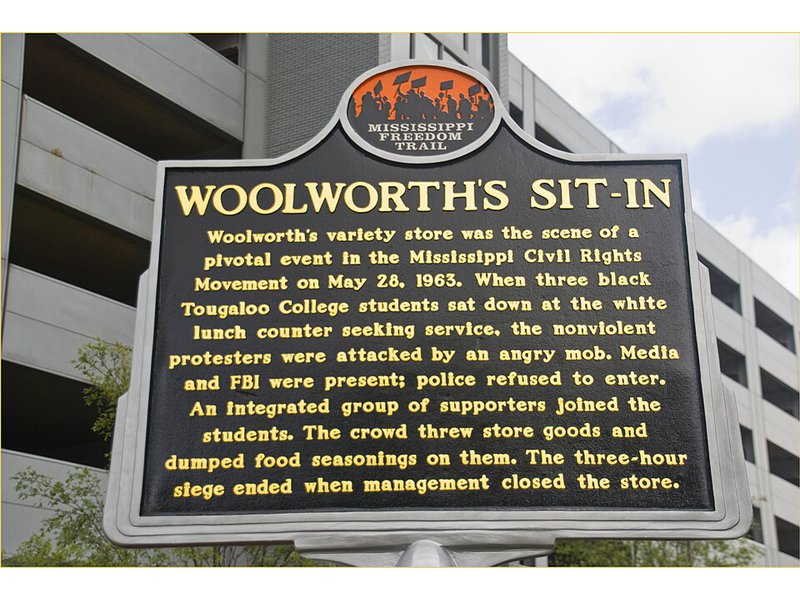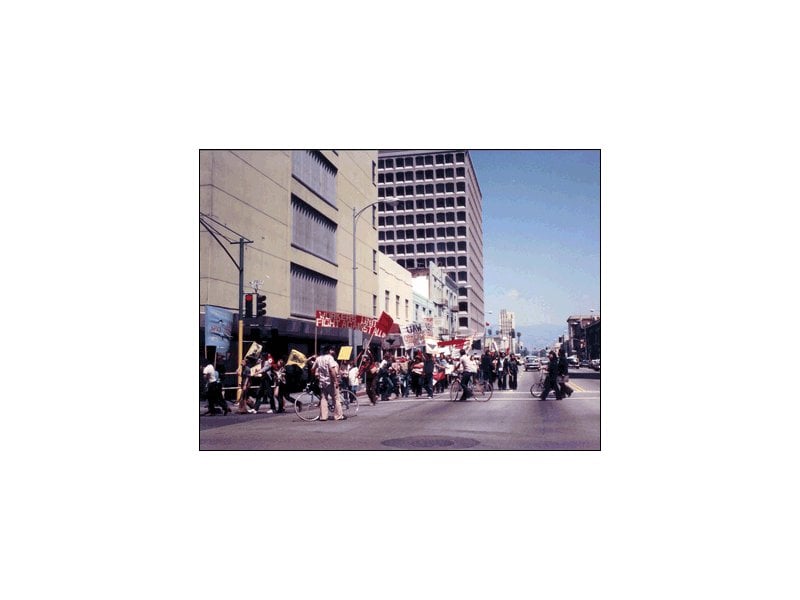050 teach ins

"A teach-in and a protest meeting have certain features in common. In each case the topic for discussion is one on which there is considerable controversy. A teach-in, however, differs from a public protest meeting in that various political viewpoints are represented both among the speakers and those attending, and the speakers may be high-level specialists on the subject or otherwise regarded as especially able to provide, not only a capable presentation of their own attitude to the issue, but important factual and background information relevant to the issue. Teach-ins may thus have a larger number of speakers and extend for longer periods of time than ordinary meetings. Their aim, also, is not simply protest—although the holding of a teach-in on a topic of important public controversy recognizes the existence of differing views on the issue and provides a platform for all of these. An important aim of a teach-in is to provide the opportunity for people to hear various viewpoints and obtain relevant information in order to be able to make up their own minds. Confrontation of opposing viewpoints, questioning of the speakers, and discussion from the floor constitute important aspects of a teach-in. Teach-ins were widely held throughout the United States248 and England in 1965, when the teachin was a fresh and unusual method: in Washington, D.C., on May15 249; at the University of California at Berkeley, on May 21250; at the University of Minnesota on June 4251; and at Oxford University in mid-June 1965.252"...
Potentially awesome partners
Potentially problematic matches

High scoring campaigns using this method
Historical cases from the Nonviolent Action Database that used this method
Newark Delaware USA community activists stop power plant in their neighborhood - 2013-2014
In 2013, Newark, Delaware, USA, was a town of 30,000 and home to the University of Delaware. Local citizens felt great concern about job creation to recover from the losses resulting from the worldwide financial crisis of 2007-2008, and they pressure...
North Carolina textile workers win union recognition from J. P. Stevens, 1976-1980
In 1974, workers at seven textile plants in Roanoke Rapids, North Carolina owned by the J. P. Stevens company voted to be represented by the Textile Workers Union of America (TWUA). However, the company refused to sign a contract with the new union. ...
International campaign against the Multilateral Agreement on Investment 1996-98
In September of 1995, international negotiations began on a draft agreement called the Multilateral Agreement on Investment (MAI). The document was being negotiated by members of the Organization for Economic Cooperation and Development (OECD). The s...
U.S. groups campaign to legalize abortion, 1969-1973
Many women were put in great danger by abortions in the 1960s. Abortions were illegal, forcing many women to turn to back-alley abortionists, many of whom utilized unsafe techniques. A small group of determined activists had been campaigning for abor...
Indians embrace trees (Chipko) to stop logging activity, 1971-1974
After the Indo-Chinese border conflict ended in 1963, access to the Indian state of Uttar Pradesh, a region encompassing eight different districts in the Himalayas, was greatly expanded. The money for this expansion, including highway building, gener...
Michigan State University activists win divestment from apartheid South Africa, 1978
Beginning in 1948, the white “apartheid” government of South Africa forced the black majority to live as second-class citizens, condemned to poverty and restricted in their freedoms by a system of legalized oppression. On the other side of the globe,...
Hampshire College students win divestment from apartheid South Africa, U.S., 1977
There are several noted origins of the South Africa divestment movement in the United States. Students and activists protested the 1948-implemented system of apartheid in South Africa throughout the 1960’s and early 70’s, but the movement failed to g...
The Green Belt Movement defends the Karura Forest in Nairobi, Kenya, 1998-1999
The Karura forest is an urban 2500 acre forest in Nairobi. The Kenyan government had a common practice of land grabbing or secretly selling public lands to private companies and political allies. Wangari Maathai, who later was awarded the Nobel Peace...
Greek campaign to stop construction of coal plants 2008-2010
In July 2007, the Ministry of the Environment, Physical Planning and Public Works published the “General Spatial Planning and Sustainable Development Framework” with no plans for new coal plants in Greece. A month later, the Ministry of Development p...
Residents of Hilton Head Island, South Carolina protest petrochemical plant plans, 1969-1971
In October 1969, a German company known as Badische Anilin und Soda Fabrik (BASF) made plans to invest in building a petrochemical plant on Hilton Head Island, South Carolina. The Lowcountry region, where Hilton Head Island is located, was already ex...
Low scoring campaigns using this method
Historical cases from the Nonviolent Action Database that used this method
Paul Robeson High School Students in New York Campaign Against Closing, 2009-2011
Paul Robeson High School opened in Brooklyn, New York, 1984, as a replacement for the closed Alexander Hamilton High School. The school board’s vision for the new Robeson High School focused primarily on decreasing the dropout rate. To ensure this, t...
Gazans March for the Right to Return to Their Homes, 2018-2019
From 30 March 2018 to 26 December 2019, Gazans protested at the Israeli border every Friday for the right of Palestinian refugees to return to their homes and land that they had been displaced from since 1948. This series of demonstrations is known n...
US Students Campaign to Stop Dow Chemical Company From Manufacturing Napalm (1967-1969)
The United States first used Napalm as an incendiary device in Japan during WWII. It melted flesh and produced horrific wounds. Napalm once again took on a functional role for the US in Vietnam, and the government requested bids from chemical manufac...
Organic Farmer and Shadbush Collective protest development of natural gas well on neighboring farm, 2012-2013.
Maggie Henry and her husband Dale have managed an 88-acre organic farm in North Beaver Township, Lawrence County—located in western Pennsylvania—for the past three decades. The Henry’s produce pork, poultry and eggs, and service Pittsburg area restau...
Students and staff at the College of William and Mary campaign for higher wages for housekeepers 2010-2011
Beginning in 1999 and lasting into 2001, students at William and Mary and members of the Tidewater Labor Support Committee (TSLC) carried out what they called a "Living Wage Campaign," during which they protested and petitioned the school’s administr...
California anti-nuclear activists occupy governor's office (Rancho Seco Sit-Ins), 1979-80
After the meltdown at the Three Mile Island nuclear power facility in March 1979, northern Californian residents feared that a similar incident could occur at their local nuclear plant, Ranch Seco. Located 25 miles southeast of Sacramento, the Rancho...
Christian Peacemaker Team protests war toys, United States and Canada, 1992-2008
Activism against militarism in the toy industry began in the 1920s with groups such as Women’s International League for Peace and Freedom and the New York-based Women’s Peace Society. These groups aimed to induce the public and leaders of the toy ind...
University of California Students Campaign Against Nuclear Weapons 2007
In 2007, the University of California Board of Regents managed the Los Alamos National Laboratory and the Lawrence Livermore National Laboratory, two of the largest of the United States government’s nuclear weapons facilities at the time. The Board h...
University of Vermont students campaign for a higher living wage, 2006-2008
Beginning in late 2005, students at the University of Vermont (UVM) were involved in a movement to increase the wages of school employees such that workers could be given a "living wage." Primarily focused on food-service employees contracted by Sode...
University of California Students Oppose Tuition Hike, 2009
In the fall of 2009, the University of California Board of Regents met at UCLA to discuss and vote for a tuition hike necessary for them to deal with shrinking budget and spending cuts across the board. The Universities’ budget deficits were associat...




